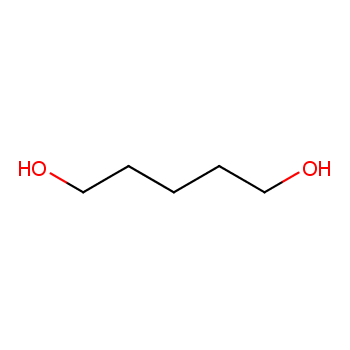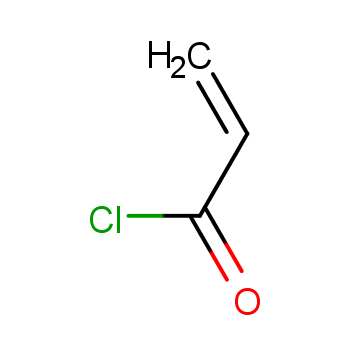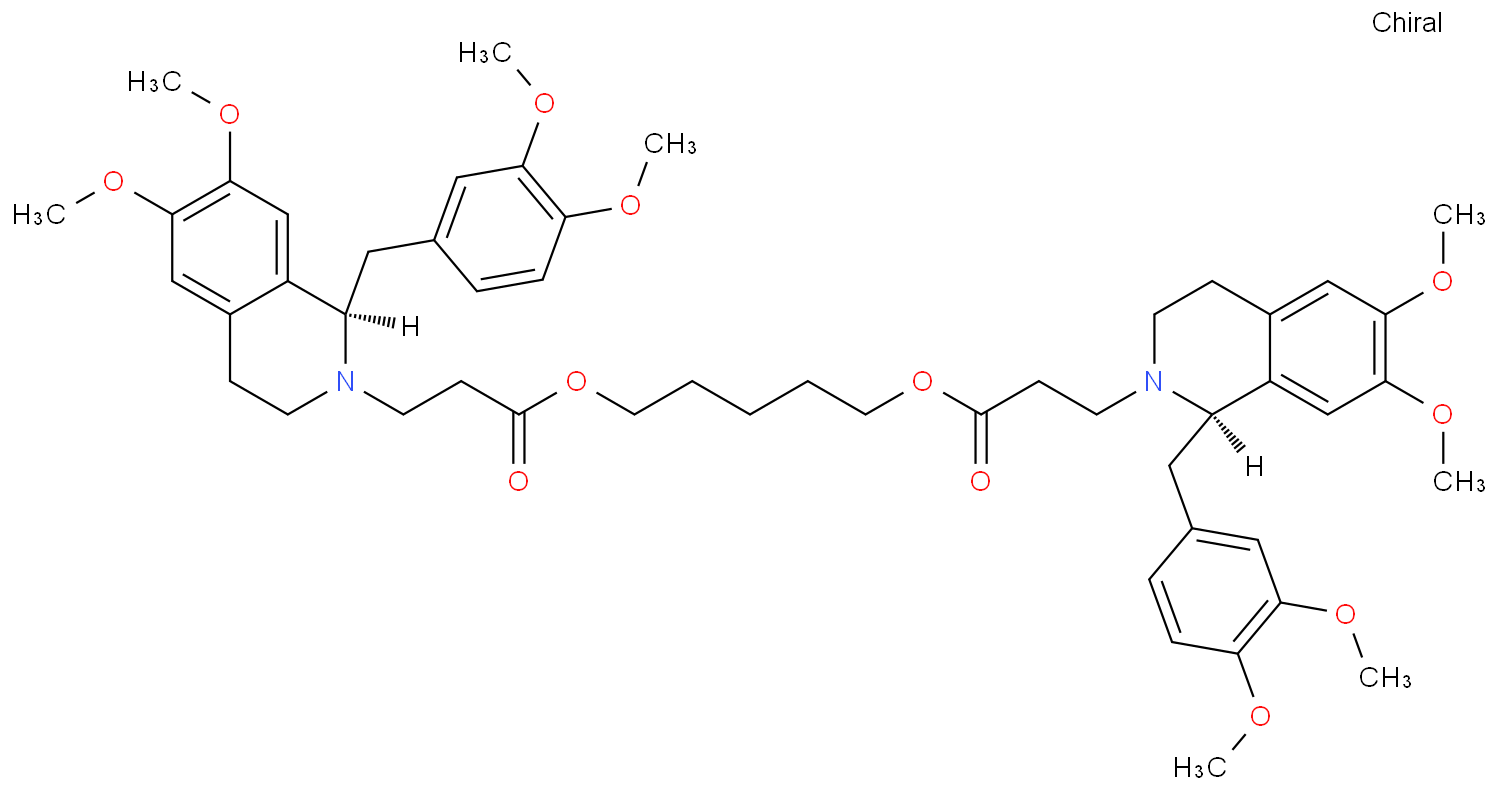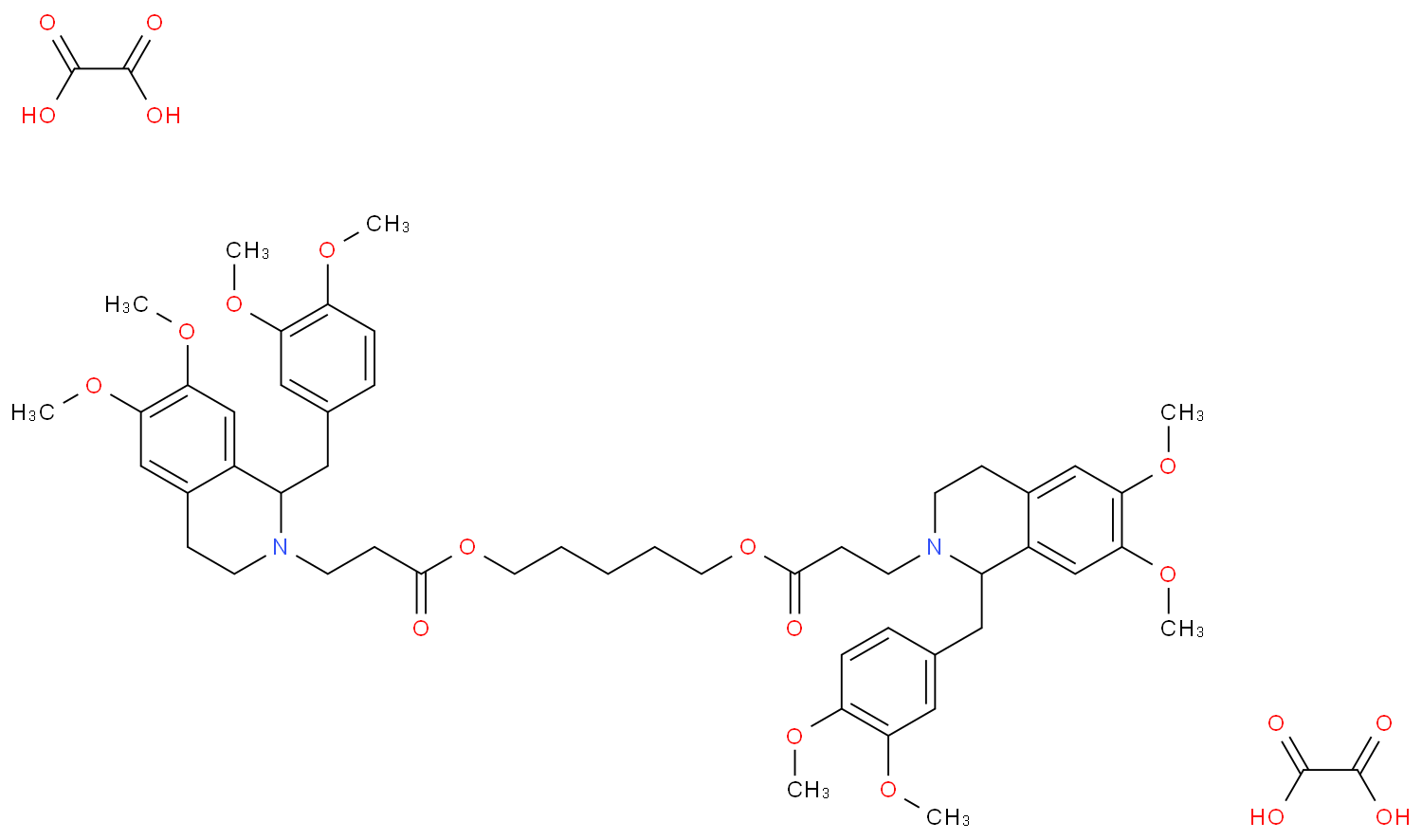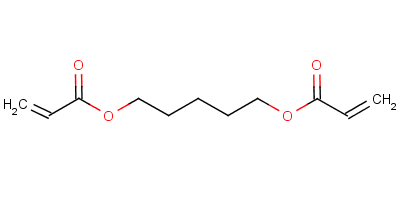-
1,5-Pentanediol diacrylate
1,5-Pentanediol diacrylate, with the chemical formula C10H14O4 and CAS registry number 36840-85-4, is a compound used in the production of various polymers and coatings. This colorless liquid, also known as PDDA, is characterized by its two acrylate functional groups. It is commonly used as a crosslinking agent in UV-curable systems, providing improved mechanical properties and adhesion. PDDA is also utilized as a reactive diluent in the formulation of UV-curable inks, adhesives, and coatings. Additionally, it finds applications in the manufacturing of dental materials, optical films, and electronic devices. With its versatile properties, 1,5-Pentanediol diacrylate plays a crucial role in the development of advanced materials for various industries.
View more+
1. Names and Identifiers
2. Properties
3. Use and Manufacturing
4. Safety and Handling
5. MSDS
6. NMR Spectrum
7. Synthesis Route
8. Precursor and Product
9. Computed Properties
11. Realated Product Infomation

 EN
EN





